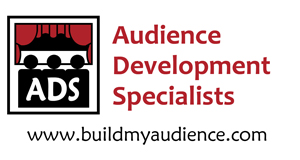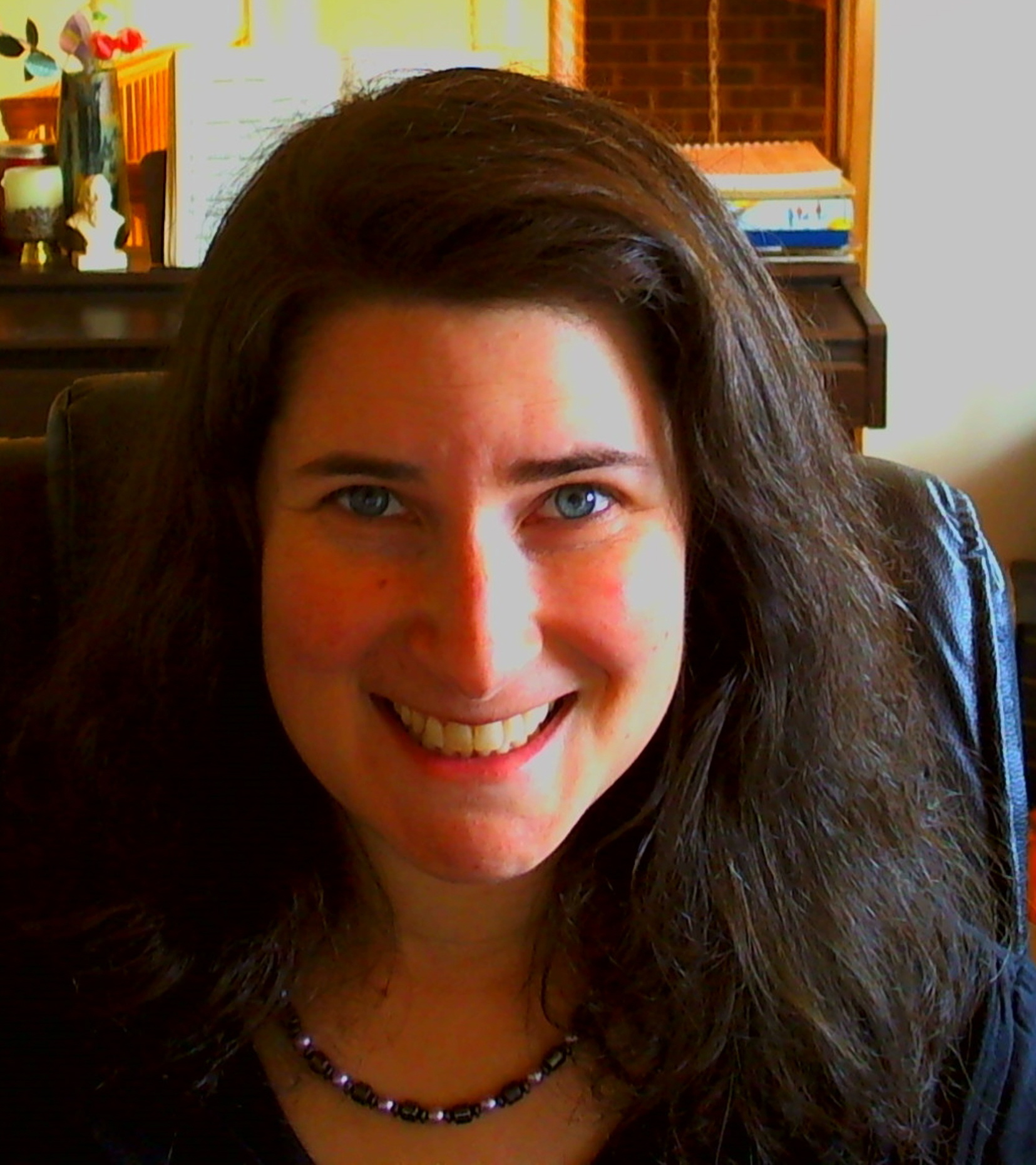I remember going through one round of union negotiations that was as nail biting as the ones I am seeing in the news about the Atlanta Symphony. We didn’t know if we would be able to have a full season. Cuts were on the table. And, this was during the season, not before it, so even more crucial that decisions be made.
I watched as the decisions to shut down the office for two weeks, to have a pay cut for the staff for a month, to scale back a full orchestra concert to a chamber concert, and to issue cuts to musicians’ pay were enacted. I didn’t feel this was the right answer at the time, but at the time, it really was an emergency. How did the orchestra get to this point?
In a polite way, it takes good team arts management to run an orchestra. Good team arts management consists of everyone thinking about the delicate balance of revenue and expenses at all times, and not letting either side cave in. Here’s the funny part about arts management of old. It is not a team mentality and instead it is run by groups of separate minds.
The revenue is comprised of money from the music or the product (and people believing in the product to invest donations). This product is made by the orchestral employees of the business. The employees rarely have a say in the product, with the exception of the music/artistic director. The product of live music isn’t something manufactured and then placed on a shelf to sell. The musicians have to create the product time and time again in a live fashion. Without the musicians, you would not have a product!
The staff and board are responsible for obtaining extra revenue to keep the budget in balance and for selling the product. The board and executive staff are responsible for the overall budget, expenses and revenue. The musicians do not really have a hand in this side of the business, although they may have opinions that might be voiced in the form of an orchestral committee.
If the orchestra does not balance their expenses and revenues, they will be in big trouble, which is what we are seeing these days in the news. Running an orchestra is costly. Obtaining funds for an orchestra year after year can feel like a monumental task. The solution that the boards and executive staffs seem to implement every time when times are tough is to start making cuts to the staff, the music and the musicians. This means they are cutting into their product and making cuts to the people that can sell the product. This does not make sense to me. I never see a company in trouble actually cut their product in half and place it back on the shelf to sell. The marketing team would need to spin how fantastic the half of a product is while the consumers know full well they are getting half a product which is not valued as much. Since it is likely that cuts are made to marketing/development/box office during this phase, it is less likely the orchestra will have a solid staff to carry out this impossible task anyway.
I do hear of talks about looking into raising more money. However, it is rare when I see the boards and the executive staffs step up enough to make good on their words.
All of the above leaves the audiences feeling sad, angry, not very secure about their orchestra and how they handle their monetary support. Many of the audience members will side with the musicians since they know that it takes musicians to create the enjoyable night they are paying to see. The audiences will be less likely to want to donate or volunteer when it gets to this point.
So, who can fix these messes? Everyone.
1. The board and executive staff need to step up and secure donations, sponsorships, and stronger leadership. This means that they need to acknowledge that they may need extra help to get them out of this mess.
2. The executive staff needs to allocate some of the budget for audience development programs. Audience development programs can create more audience and more donors and volunteers. This also means having the money for outreach events and for paying the musicians for these events. If there is no money to allocate (usually there is, but for devils advocate sake), the musicians would be wise to volunteer for a round of these outreach concerts until money will be set aside for their pay in the future.
3. Everyone needs to start connecting with people again and becoming part of the community. More collaborations need to be made at this time. More implementing of programs that show you care about your audience through this tough phase is crucial.
4. Everyone needs to start connecting with each other in order to run the business properly. Since the musicians create the product, maybe they should have a little more say in this part of the equation. Since the board and staff are responsible for the budgets and for selling the organization and product, the musicians need to listen to them as well. Everyone in a non-profit needs to step up, donate and volunteer at some point. It takes a team to make a non-profit business successful.
5. If cuts are being made to musicians and staff pay, cuts should also be made to executive pay. If you do not act as a team during this phase, people will simply remain resentful. Everyone should take the hit. In our age of easy transparency, if someone catches wind that the executive staff is not taking any cuts, it will look bad for the organization.
6. The board needs to be responsible for the overall health of the organization. If the organization isn’t healthy, then you need a different board or different board dynamic. The challenge is that the board is in charge of themselves (similar to how our congress runs in America). It will take a mighty strong leader to start implementing board evaluations and making changes that are necessary to get the board functioning properly again.
7. The organization needs to realize that every component is important for running an arts organization. Cutting off one part will hurt the whole, which is why we see some of these organizations going into bankruptcy and closing their doors. Until everyone works together and does their job to correct the imbalances, the organization will not be able to turn around.
8. The audiences need to learn that ticket prices only pay for 30-40% of the costs of the orchestra. Audiences, if they want the orchestra to succeed, could volunteer their time to help bring others to the orchestra and donate monetary support above the cost of the tickets to increase the revenue stream. However, audience development programs need to be ready and in place, and audiences need to be invited to participate and get more involved. These programs will be seen as positive energy and will show that the orchestra is working toward a positive direction.
9. In fact, everyone that is part of the organization should be responsible for “selling.” Everyone can be an ambassador for the organization and invite people to attend the various events. Everyone can be more involved with connecting, collaborating, caring and becoming a part of the community on behalf of the orchestra. The main problem with these old fashioned non-profits is all the “it’s not my job” that has been established. A new team mentality needs to be born instead.
I have likened the bigger arts organization to a Titanic. If something goes wrong, it will take different actions, not remaining the course, to turn the big ship around. If you remain the course, your ship will hit the iceberg, and things will start sinking.
The audience of your product is also the audience of your business. They will be the ones watching your ship sink. Wouldn’t you rather have them watching and enjoying the music?
It takes a team to create an orchestra arts organization, and it will take a team to run it successfully as well. Everyone can roll up their sleeves and get to work to create a healthier organization. Functioning as a team is good arts management and using audience development for a solution is too.
Cheers to happy and loyal audiences,
Shoshana
Shoshana Fanizza
Audience Development Specialists
https://www.buildmyaudience.com
“Never treat your audience as customers, always as partners.”
~James Stewart
Although we are not a non-profit, if you would like to support ADS to continue our work, you can donate here.
***Purchasing my book will help support ADS and our mission.***
New eBook! The How of Audience Development for the Arts: Learn the Basics, Create Your Plan






[…] I myself am wracking my brain to figure out how orchestras and classical music can start thriving again. I have already chimed in with my suggested action points. […]